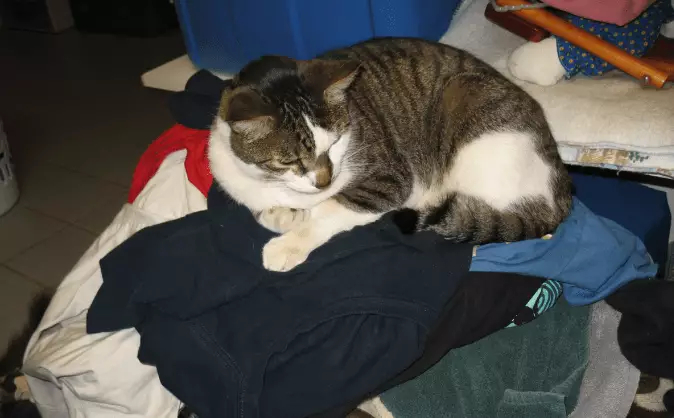Cats possess an intriguing blend of independence and distinctiveness that sets them apart from many other pets. While their peculiar habits and favorite spots might seem like simple quirks, they often reveal profound insights into their instincts and emotional worlds. Behind their preference for perch-hunting or hiding in closets lies an ancestral survival instinct etched deeply into their DNA. Understanding these preferences is not trivial—it’s a key to fostering a relationship built on trust and security. Many owners observe that their cats favor certain fabrics, spots, or even clothing, and these choices aren’t arbitrary. They serve as a window into their subconscious need for safe spaces, rooted in their history as solitary or small-group hunters. Recognizing and respecting these habits is essential to providing a nurturing environment that aligns with their innate behaviors.
Evolutionary Roots and the Significance of Scent
The behavioral patterns of cats—particularly their affinity for high perches or hiding spots—are evolutionary strategies that allowed their wild ancestors to evade predators and stalk prey safely. These tendencies are preserved in domestic cats, shaping their approach to comfort and territory. Scent plays an outsized role in their sense of security; they rely on pheromones—chemical signals—to communicate and mark territory. When a cat chooses to rest on your clothing or belongings, it’s a subtle but powerful message. Your scent acts as a reassurance signal, an affirming presence in their scent-marked territory. In essence, for cats, familiar smells translate into safety and belonging. This understanding urges us to think beyond just providing fancy beds; instead, we should consider how the environment, especially items carrying our scent, can deeply influence their sense of security.
Practical Strategies for Enhancing Your Cat’s Comfort
A crucial takeaway is that cats’ comfort is intertwined with their environment and their ability to access familiar scents. If your feline friend prefers to nap on your clothes, it’s more than mere laziness or quirkiness—it’s an instinctual behavior rooted in security. To leverage this, owners can designate small items of clothing, such as a worn T-shirt, as special bedding or carry-overs for travel. Placing such items in their carrier or favorite resting spots can help soothe anxiety during times of absence or stress. The significance of scent-based comfort becomes even clearer when considering potential separations—whether at the vet or during travel—where bringing along their scent-rich items can ease anxiety.
The key to truly understanding your cat requires that you put yourself in her paws—consider her worldview among the sensory overload of her environment. Cats use smell, hearing, and sight to interpret their surroundings, but as human companions, we often overlook the importance of grooming and sight cues. Experimenting with different strategies—such as providing elevated spaces, cozy hideouts, or familiar items—can help you decode your feline’s individual preferences. It’s a process of ongoing discovery, where patience and observation turn into potent tools for fostering your pet’s happiness.
Redefining the Human-Feline Bond
The relationship we share with cats extends far beyond basic care and feeding; it’s about understanding their language and honoring their innate needs. The act of offering familiar scents, respecting their chosen resting locations, and understanding their instinctual behaviors transforms our homes into sanctuaries that prioritize their emotional safety. This requires awareness and intentionality, in contrast to the often neglectful assumption that cats are just aloof or independent creatures. The true power lies in recognizing how much control they exert over their environment and how our role as caretakers involves doing everything possible to align with their natural instincts.
Modern pet owners tend to think in terms of material needs—food, water, toys—but neglect the subtle emotional cues that define quality of life for a cat. A simple act like allowing her to nap on your favorite shirt or providing a perch that offers a vantage point not only boosts her comfort but reaffirms her sense of security. Ultimately, it’s about bridging the sensory worlds doled out across species and appreciating that relief, comfort, and safety for a cat are rooted deeply in her instincts—meticulously intertwined with scent, territory, and instinctual habits. As stewards of their well-being, embracing this holistic approach is the real path to a fulfilling human-feline bond.

